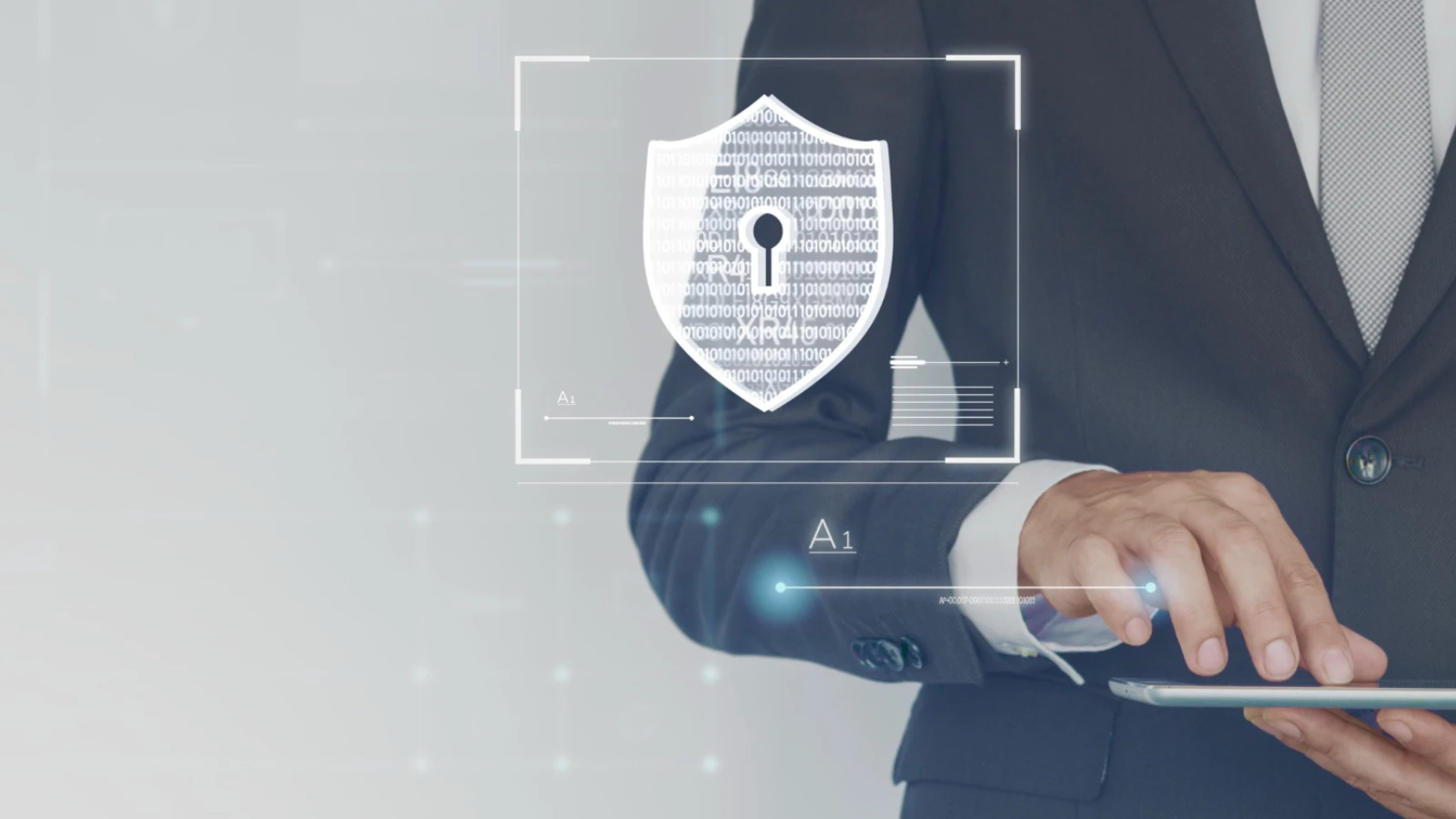Table of Contents
Highlights
- Zero Trust is now the backbone of remote work security in 2025.
- VPNs are replaced by ZTNA, SSE, and SASE for safer access.
- Identity, device trust, and data controls drive continuous protection.
In 2020, “remote work security” was a bolt-on: slap some MFA on to a VPN connection and cross your fingers. With five years of breaches behind us, the gravitational pull has changed: identity is the new perimeter; context is king; and “trust” is something you will measure continuously, not something you will grant someone because their laptop is on “the right” network. In 2025, zero trust is not just a slide in a board deck; it is the operating model for securing a workforce that works in coffee shops, home networks, SaaS apps, and various multi clouds.
This article will offer a zero trust rethink in the context of our hybrid space today: what has changed in the zero trust guidance since 2020; how organizations are implementing it actuated; and a practical playbook for distributed teams across the remote work universe—without coming to a standstill on productivity.

Why is now the time to rethink zero trust?
Three forces in 2025 are reshaping the yellow brick road:
1. SaaS sprawl and cloud everything. The “corporate network” in 2025 is an overlay of SaaS, IaaS, and APIs onto unmanaged devices in a life of their own. NIST’s recent practice guide strives to build consensus on the current state of the evolution of the zero trust market with the release of zero trust architecture with commercial tech as 19 reference implementations of zero trust architectures.
2. The VPN fallout. Users dislike latency; defenders (e.g., security operations, regulatory compliance) hate tunnel’s implicit trust. New survey data shows plenty of angst over legacy VPNs being ill suited for cloud applications and remote work. This is well known to contribute to organizations rapidly adopting ZTNA/SSE.
3. Platformization and consolidation. In 2025’s analyst coverage, zero trust is framed much less as an a la carte set of point tools, and much more as integrated platforms that bring together identity, device posture, data controls, and network mediation. Forrester’s Wave: Zero Trust Platforms, Q3 2025, will evaluate vendors specifically on this end-to-end functionality.

Meanwhile, . Public sector roadmaps for zero trust keep informing private sector adoption. CISA’s Zero Trust Maturity Model (ZTMM) v2.0, a down-to-earth scaffolding, from “Traditional” to “Optimal” compares identity, devices, networks, applications, and data, and is often used (and adapted)by organizations as a phased effort.
What zero trust means for remote work in 2025 (in practice)?
Zero trust is a strategy, not a SKU. But for distributed and hybrid teams, it’s expressed by a repeatable control stack:
1. Phishing-resistant identity at the front door. Passwords and OTPs are fragile. The minimum in 2025 will be FIDO2/WebAuthn backed MFA, policy-driven conditional access linked to risk signals, and Just-In-Time privilege elevation.Microsoft’s “Secure Future Initiative” updates highlight how large organizations standardize stronger authentication and default-secure configurations as table stakes.
2. Device trust you can measure. If every access decision incorporates real-time device posture—health of OS, EDR status, disk encryption, jailbreak/root detection, patch levels—access is continuously reevaluated—not just upon sign-in—as articulated in NIST SP 800-207/207A models.
3. Eliminate VPN with ZTNA/SSE/SASE. Instead of dropping users to a flat network, a Zero Trust Network Access (ZTNA) broker establishes identity- and context-aware connections to the specific apps; Security Service Edge (SSE) adds secure web gateway, CASB/DLP, cloud firewall; SASE packages with SD-WAN for branch and home offices. Analyst coverage in 2025 (Forrester for platforms; Gartner for SSE/SASE) reinforces these are now mature patterns, not emerging bets.

4. Data-centroid controls everywhere. If identity is the new perimeter, data is the new blast radius. Remote work amplifies risks from copy-paste, downloads, and forwarding personal email. Modern deployments apply controls that protect the data (e.g., contextual DLP to “allow view, prevent download” on sensitive labels), tokenization for regulated fields, client-side encryption in specific workflows; these controls are mapped against ZTMM’s data pillar.
5. Microsegmentation and workload identity—not only user identity. Production systems, CI/CD runners, and service accounts should be subjected to the same zero trust rigor applied to people: strong workload identities, east-west segmentation, and policy-as-code enforced by service meshes or host agents under SP 800-207A and related NIST guidance.
6. Continuous verification via analytics and automation. Signals from IdP, EDR, MDM, ZTNA, and SaaS APIs range, which are fed into risk engines so that they can reduce authentication friction by deciding to new a device, quarantine a device, or revoke tokens at some point during the session. In 2025 platform vendors emphasize that correlation layer. This theme is promoted in the Forrester Wave commentary and customer briefings.

Case Study Snapshot: Zero Trust beats the “VPN tax”
A helpful illustration is the example from Surespan (a UK manufacturer that is seen in projects like SoFi Stadium and the Burj Khalifa). Surespan after reaching the limits of reliable use of VPNs in their global expansion decided to implement ZTNA with an application-specific ZTNA client for direct access plus augmented reality headsets for remote enablement. This allowed the company to save tens of thousands of dollars in travel while allowing teams to work reliably and collaboratively with dispersed teams. This is a great example of security controls that enable productivity, not impede productivity.
Updates to guidance expected in 2025
NIST SP 1800-35 Practice Guide (NCCoE) addresses 19 reference implementations of zero trust architecture utilizing off-the-shelf commercial technology, and captures the lessons gained by the 24 collaborators. For security leaders, it’s a library of blueprints that connects “principles” to “production.”
CISA ZTMM v2.0 establishes maturity milestones. Many enterprises are leveraging its language to develop roadmaps, and develop metrics for division and board reporting.
Market signals: The Forrester Wave (Q3 2025) has conceptualized zero trust as an integrated platform market. Meanwhile, Gartner is covering both SSE and SASE and discussing the convergence of other categories, SWG, CASB, and ZTNA, into one policy brain for roaming users and remote users.

Pain from outdated VPNs still exists: New survey results in 2025 address some continued disappointment for users, as they realize their architectural mismatch in working with legacy VPNs that enable connections securely—highlighting more rationale and momentum for ZTNA.
A useful zero trust roadmap for remote work
If you are selling it (or restarting) your program in 2025, use this six-phase roadmap. It is sequenced to minimize disruption while providing cumulative risk reduction.
Phase 1 — Validate identity resilience (Weeks 0–6).
Deploy phishing-resistant MFA to all users; Administrators and Contractors first.
Enforce conditional access baselines: Block legacy auth, Compliant device for high risk apps, and geofencing as appropriate.
Low-hanging fruit: Turn off “download” where sensitive Share/Drive/OneDrive labels apply; Require app level PIN or Biometric at a minimum on mobile.

Phase 2 — Assess device trust (Weeks 4–10).
Standardize on EDR + MDM across managed endpoints; Deploy device compliance checks as a hard signal in access policies.
For BYOD, apply App Protection Policies and should be considered web isolation for sensitive apps; Block local download if position is unknown.
Phase 3 — Pilot ZTNA for specific crown-jewel apps (Weeks 8–14).
Move 3–5 VPN-seeded internal apps to identity-aware proxies with per-app access and inline inspection.
Provide brokered private access for vendors and field staff. Eliminate blanket VPN entitlements.
Phase 4 — Expand to SSE controls (Weeks 12–20).
Enable inline DLP, malware scans, tenant restrictions, and Shadow IT discovery for remote traffic.

Phase 5 — Microsegment east-west traffic (Quarter 2).
Establish a segmentation policy that utilizes labels / attributes (environment, app, data sensitivity) and is strictly enforceable via workload identity and service mesh / host agents.
Implement JIT/JEA (just-in-time / just-enough access) for admin workflows; and rotate away from shared secrets.
Phase 6 — Automate and observe (Quarter 2+).
Aggregate telemetry from IdP, ZTNA, SSE, EDR, and SaaS APIs into the SIEM/ UEBA.
Develop response playbooks: high-risk user → step-up auth; risky device → quarantine; sensitive data exfil attempted → block + coach user.
Utilize a maturity model (adopted from ZTMM) in reporting, to demonstrate progress to the board.

What the ideal looks like: 10 controls to baseline for 2025:
1. FIDO2 passkeys for all users; One time password is allowed as a backup only with risk-based throttles.
2. Continuous access evaluation: Revoke tokens based on posture drift or spikes in risk (NIST zero trust guided).
3. Per-app private access (ZTNA)—no full-tunnel VPN for everyday work.
4. Label-based DLP with “view only / no download” for regulated data on unmanaged devices.
5. Browser isolation among other controls for high-risk sites and ad-hoc admin activity.
6. Device health attestation (EDR on, disk encrypted, OS in patch SLO) as a gate to sensitive apps.

7. Microsegmentation that uses identity-derived attributes not IPs.
8. SaaS tenant controls to prevent personal account exfiltration.
9. Secrets hygiene: passwordless admin, short-lived tokens, automated key rotation.
10. User training: block-with-explanation messages that educate users on safer alternatives (e.g., “Share link with an expiration date instead of download”).
Steering Clear of these Traps
Onboarding a “lift and shift” site-to-site VPN to the cloud. It has to be remembered that if you input a cloud VPN to replace a physically installed typed VPN endpoint you do, you’ve introduced a VPN. But if “potential” users are dropping onto a flat out network, you have not reduced lateral movement effectively unless you have modified least privilege; and there is the real hit of usability at stake.

Deploying unidirectional implementations. Zero trust is not a snapshot; there is no one-off. Unless you are re-evaluating zero trust posture inside the user session, threat actors will keep attempting to steal your tokens and hijack your user session.
Tool sprawl with no tool correlation in and across tools. Forrester will still be writing about this, through 2025 and let’s hope it is not longer. Value is not capturing dollars in controls; value comes from data correlation and policy alignment.
Lack of consideration for contractors and other third parties to access the organization (air quotes). Many third parties still pen-test to the soft underbelly of an organization, and they should be treated as citizens of your DLP and ZTNA policies.
Inadequate change management. Remote work is real fast: raw deployments of “block with explanation,” allow and watch, and push out “how-to-work-secure” playbooks.